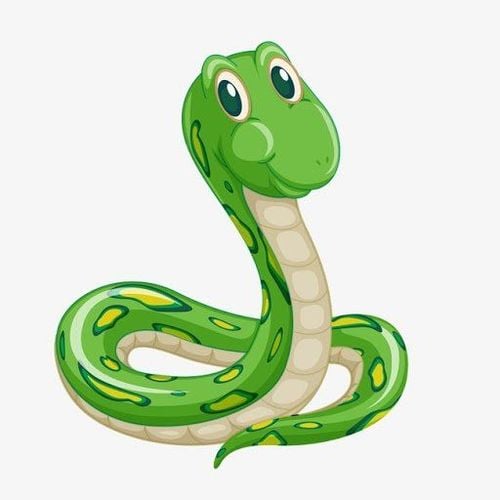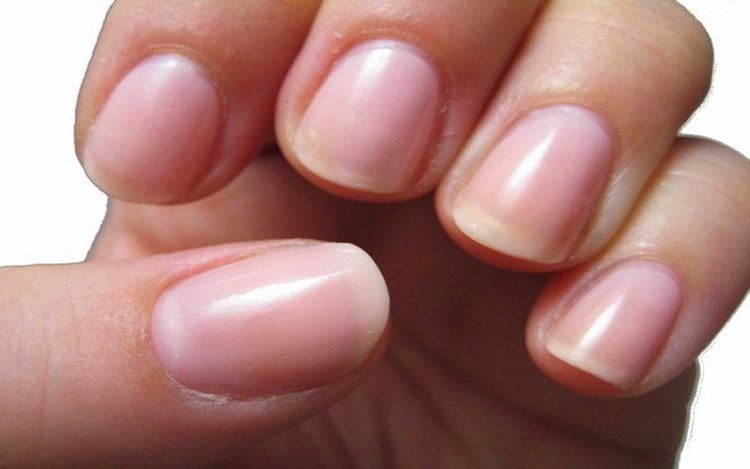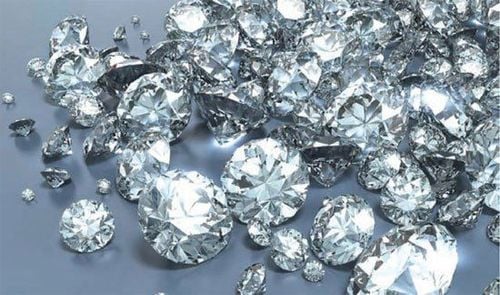This is an automatically translated article.
Although 4-year-old children already know a lot, including the concept of gender, time, money,... but they still need to learn more because this is the stage of developing comprehensive thinking and desire to explore intense outside world. So what can you teach a 4-year-old?
1. Colorful animal world
Parents need to teach 4-year-old children to love animals and people, as well as provide the following "fun facts" to stimulate the passion for discovery in their children. Parents can teach their children about the colorful animal world as follows:
Snakes smell with their tongue, not with their nose. Instinctively, cats will cover their poop with sandy soil or kitten poop. Cows, deer, and giraffes, after chewing and swallowing food, will burp, chew, and swallow again. The Atlantic giant squid has the largest eyes in the world, the size of a basketball. Butterflies don't have teeth, they only use their proboscis to suck out liquids. There is a chicken that can fly for 13 seconds. Rhino horn has a similar composition to hair and nails. Skunks use their "horror" smell to scare away predators. A chameleon's tongue can be longer than its body. The cry of a blue whale is louder than a jet plane and can be heard hundreds of miles away.

Cha mẹ có thể dạy con về thế giới động vật như rắn ngửi bằng lưỡi chứ không phải bằng mũi
Mother hamster chews food, then spits it out and feeds her baby. This action makes food softer and easier to swallow. Nephila spiders of the South Pacific produce very strong silk, which is used to make fishing nets and knit shopping bags. The blood of the grasshopper is green. Ostrich eggs are the largest eggs in the world. Lions and tigers cannot growl, but cougars can. Sometimes elephants only sleep 2 hours a day. Sea otters live their entire lives in freezing cold water thanks to two coats of fur to keep them warm. Giraffes can go days without drinking water. Snails have hundreds of thousands of teeth that drag along the ground when searching for food. Cats have 3 eyelids, an upper and a lower one just like us. The third eyelid looks like a clear and thin plastic, which helps to block dust and keep the eyes from drying out. The tongue of a blue whale is as long and heavy as a car. Thailand's Bumblebee bumblebee bat is the smallest bat in the world, can fit in the palm of your hand and weigh less than a dime. Rats cannot vomit or burp because their abdominal muscles are not strong enough. House flies have a lifespan of about 2.5 weeks. The ear of a cricket is located just below the knee.

Gấu Bắc Cực có lớp da đen dưới lông giúp giữ ấm
Polar bears have black skin under their fur to help keep them warm. Penguins are excellent swimmers and often waddling. They are the only birds that can swim but cannot fly. Cats use their whiskers to sense if they can get through a tight spot, such as a hole in a fence. It is not clear why the crocodile swallowed the stones. Some argue that this helps to crush food in the stomach or makes the crocodile heavier to be able to search for fish in deep water. Most butterflies feed on nectar, but a few suck up secretions from rotting animals. Cats get stuck in trees because their claws are better for climbing up than down. Some cats jump down by jumping or backing away, but they don't like this at all. Polar bear fur is not really white, but almost transparent. They reflect sunlight so they look white. Rabbits eat their own poop all the time without feeling disgusted. Only female mosquitoes bite humans because they need to use blood to produce eggs. Humans stop growing as adults, but sharks continue to grow throughout their lives. Snakes do not eat any fruits or vegetables, but only bugs and other animals.
2. Human body

Bạn có thể cho bé biết thêm như móng tay của bạn phát triển nhanh hơn tối thiểu 2 lần so với móng chân
4-year-old children begin to have concepts about sex and the human body. At the right times, you can let your baby know that:
The biggest muscle in your body is the glutes. Your fingernails grow at least 2 times faster than toenails. Your hair grows about 12.7 cm per year, almost the length of a shoe.
3. Fun facts about food
Fruit is an attractive and nutritious food for all ages. While enjoying fruits, you can teach 4-year-olds:
Pineapple is shaped like pinecones. Grapefruit (Grapefruit) grows in clusters, like grapes (grape). An avocado is actually a berry, much like strawberries or blueberries. Cucumber is not a vegetable but a fruit.
4. Amazing globe

Trẻ có thể sẽ rất thích thú khi được biết kim cương là thứ cứng nhất trên thế giới
In everyday life, 4-year-olds will be delighted to be told that:
After it stops raining, the heat of the sun causes the water to evaporate slowly, little by little, into the air until dry the puddle. If the world's tallest mountain were turned upside down and plugged into the Earth, it would be equal to the depth of the ocean. In Alaska, there are large rivers that freeze in winter, one can drive across them by car. Creeks/creeks and streams are small tributaries of rivers. Diamonds are the hardest thing in the world.
5. Maybe you don't know
In the process of learning how to teach 4-year-old children, sometimes parents also discover interesting and new facts such as:
The first toothpaste was invented made from wine and rock. Before people started using pumpkins as lanterns on Halloween, they used to carve turnips - white tubers that resemble potatoes. Some astronauts live in outer space in the space station. The spaceship will bring them food and water. During the period from 2 to 4 years old, the mother must always have a headache because of thousands of questions about why. However, the thinking and development ability of children at each age is different. Some children are quiet, some are active. In general, you need to teach 4-year-olds to integrate into the world outside the family, helping them develop naturally.
Spending time playing, early education will help children develop language, motor, thinking and physical abilities early. Therefore, parents should be creative, spend time playing with their children, teach them about the world around them so that they have beautiful childhood memories as well as form a good personality.
In order for children to be healthy and develop well both mentally and physically, it is necessary to have a nutritious diet in terms of quantity and quality balance. If children are not provided with adequate and balanced nutrients, it will lead to diseases of excess or lack of nutrients that adversely affect the comprehensive development of children in terms of physical, mental and motor skills.
Children who do not eat properly are at risk of micro-mineral deficiency causing anorexia, growth retardation, malabsorption,... If they notice the above signs, parents should supplement their children with products. The supplement contains lysine, essential micro-minerals and vitamins such as zinc, chromium, selenium, and B vitamins to help fully meet the nutritional needs of children. At the same time, these essential vitamins also support digestion, enhance nutrient absorption, help improve anorexia, and help children eat well.
Parents can learn more:
Signs of zinc deficiency in children
Micronutrient deficiency and failure to gain weight in children
Please dial HOTLINE for more information or register for an appointment HERE. Download MyVinmec app to make appointments faster and to manage your bookings easily.
Reference source: babycenter.com













